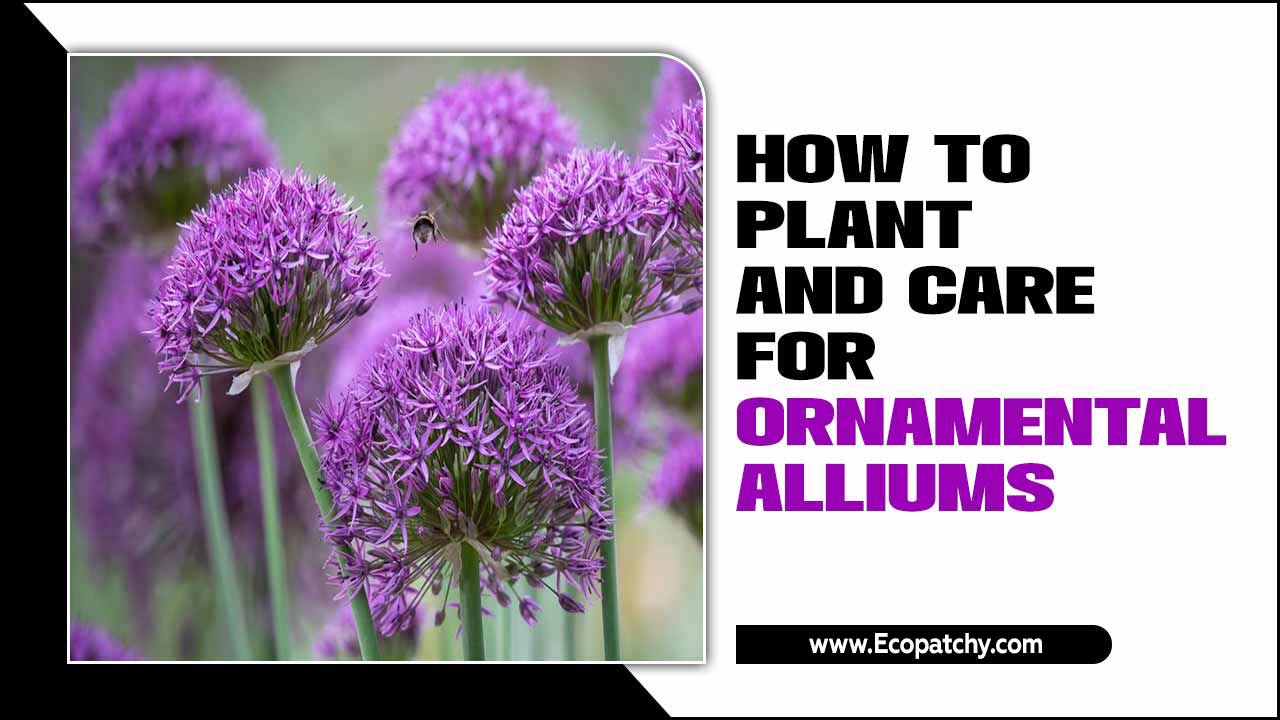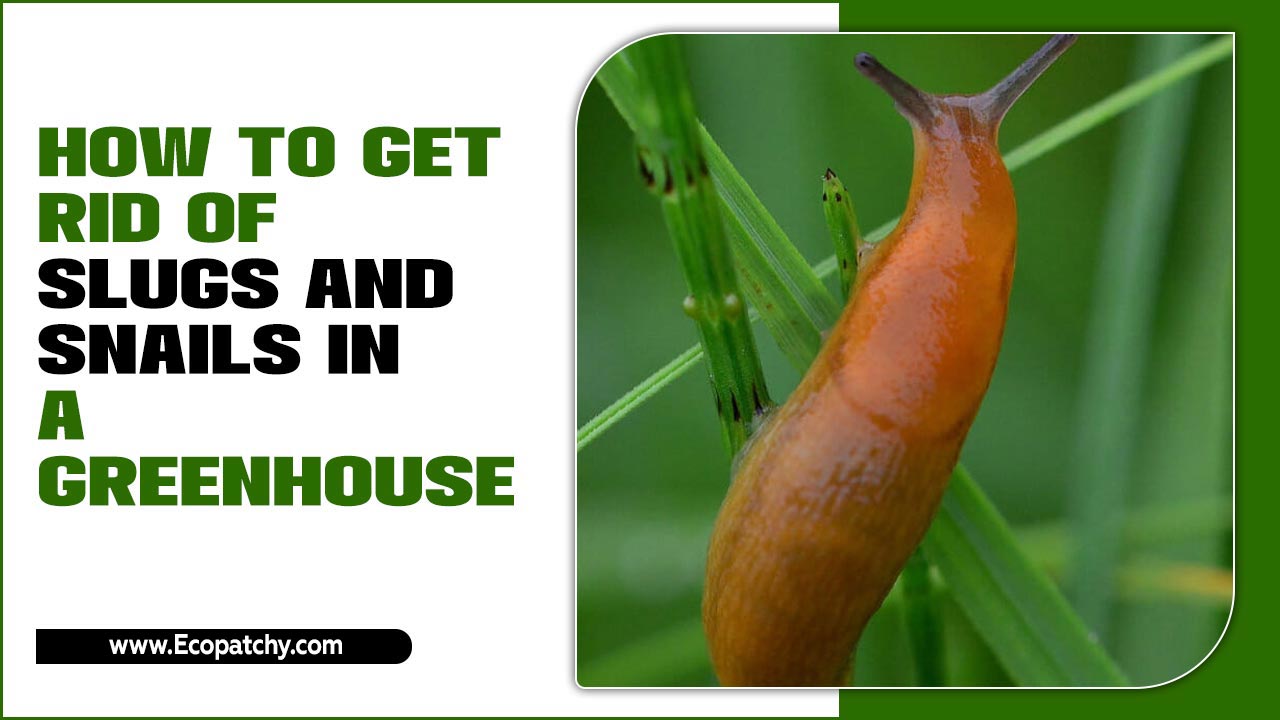Have you ever found earwigs lurking in your vegetable garden? These creepy crawlies can be a nuisance for any gardener. They can damage plants and cause chaos in your garden if not dealt with effectively.
But before using harmful chemicals to eliminate them, why not try an organic approach? Here, we will guide you through a 5-step process to eliminate earwigs from your vegetable garden using organic methods.
We will discuss everything from identifying the problem to understanding the behaviour and characteristics of earwigs, assessing the damage caused by them, and natural predators and beneficial insects that can control them.
We have also covered homemade organic traps and baits, repellents, and barrier methods that can help keep your vegetable garden earwig-free. Follow these tips to maintain health and how to get rid of earwigs in your vegetable garden organically.
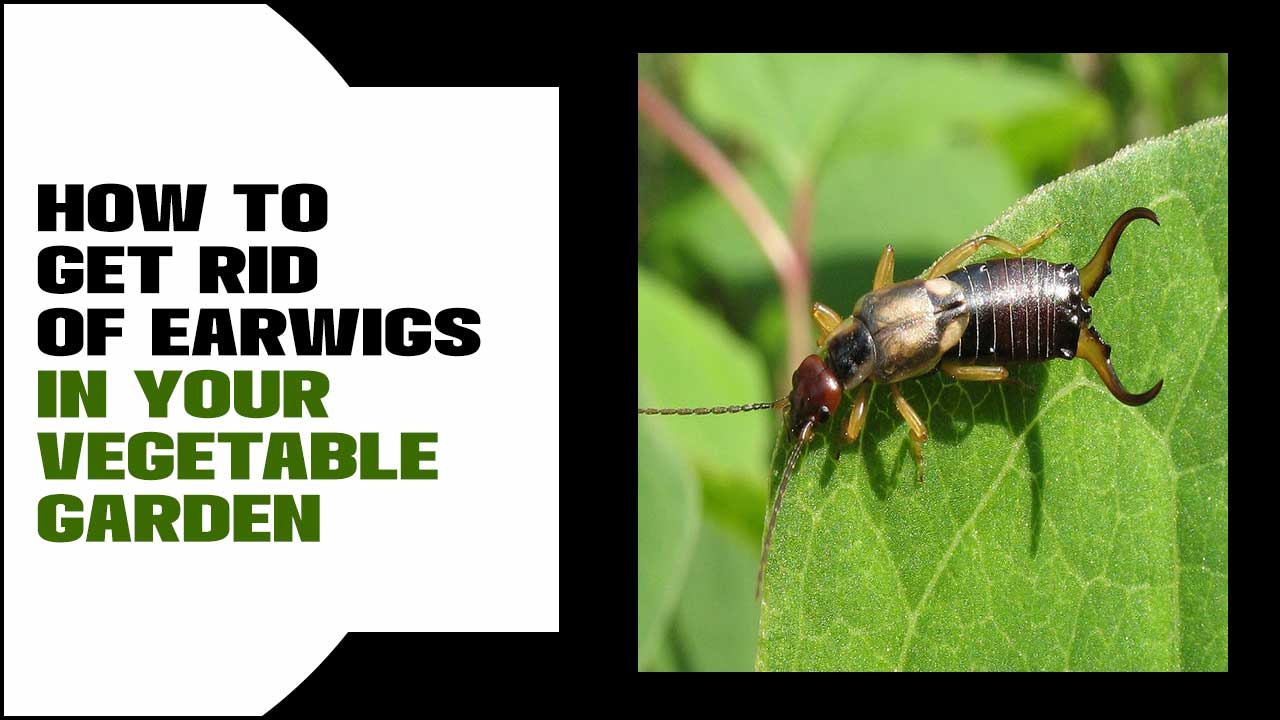
Understanding The Problem
Earwigs, common garden pests, can wreak havoc on your vegetable plants. These nocturnal insects seek refuge in dark, moist areas during the day. With their omnivorous diet, they feed on a variety of plants, including your precious vegetables.
Even a small infestation can swiftly multiply and cause significant damage to your beloved garden. To effectively control earwigs, it is essential to understand their behaviour and characteristics. By familiarizing yourself with these pincher bugs, you can implement the best methods for trapping and controlling this pest, ensuring the health and productivity of your vegetable garden.
Identifying Earwigs: Characteristics And Behavior
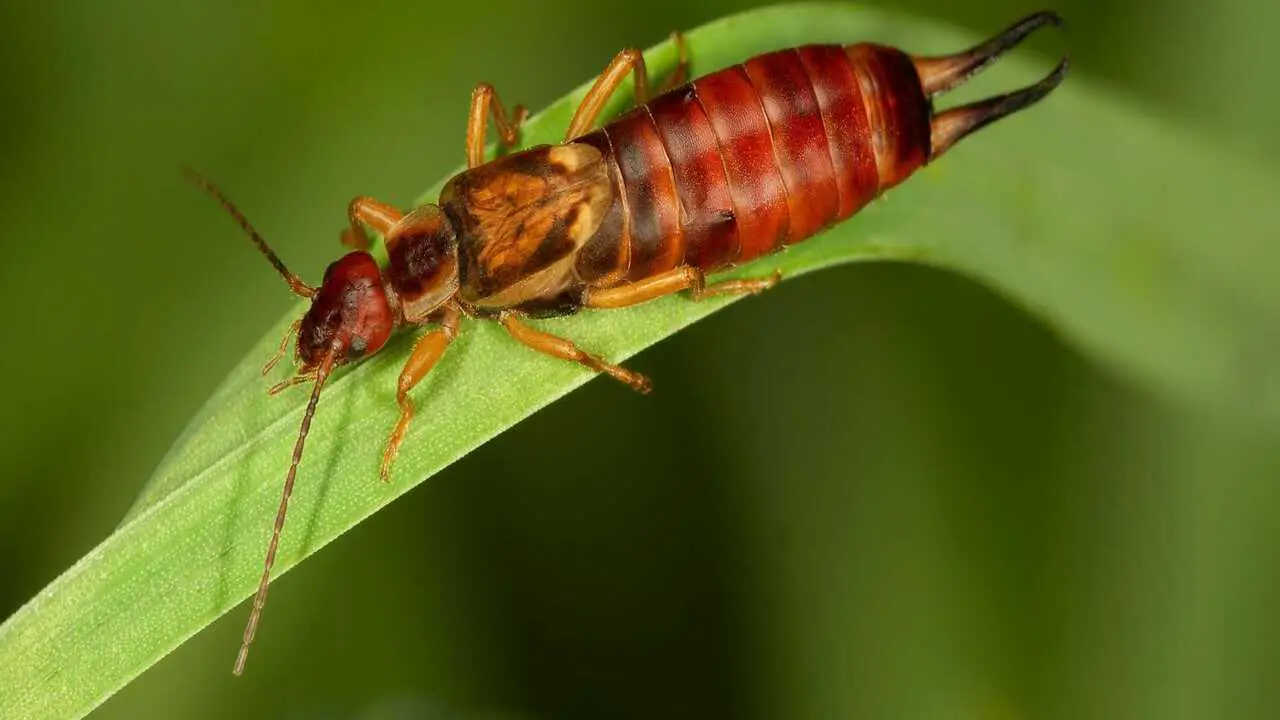
Earwigs, or Forficula auricularia, can be easily identified by their distinctive pincer-like appendages at the end of their abdomen. These insects are about 1 inch long and come in brown or reddish-brown. They are attracted to moisture and can often hide in damp areas, such as under rocks or in decaying plant matter.
Earwigs are primarily active at night and feed on living and decaying plant material, making them omnivorous pests in your vegetable garden. Identifying earwigs correctly is essential for implementing targeted control methods to prevent them from causing damage.
Assessing The Damage: How Earwigs Affect Your Vegetable Garden
Earwigs can have a detrimental impact on your vegetable garden by causing damage to the plants. They have a habit of chewing on leaves and seedlings, which can lead to stunted growth and reduced yield. Earwigs may also feed on ripe fruits and vegetables, leaving behind small holes or chew marks. It is crucial to regularly inspect your garden for signs of earwig damage to take appropriate action. Assessing the extent of the damage will help you determine the best course of action for controlling the earwig population.
Prevention Is Key: Creating An Earwig-Friendly Garden Environment
Creating a less favourable environment for earwigs is crucial in preventing infestations in your vegetable garden. One effective step is to remove excess plant debris and maintain a clean garden environment, as this discourages earwigs from taking up residence.
Another method is to use organic mulch or diatomaceous earth around your vegetable plants, a physical barrier against these pests. It’s also important to avoid over-watering your garden, as moist conditions attract earwigs. Additionally, planting resistant varieties of vegetables and implementing good gardening practices can help create an earwig-friendly garden environment.
5-Step Guide: How To Get Rid Of Earwigs In Your Vegetable Garden – Organically
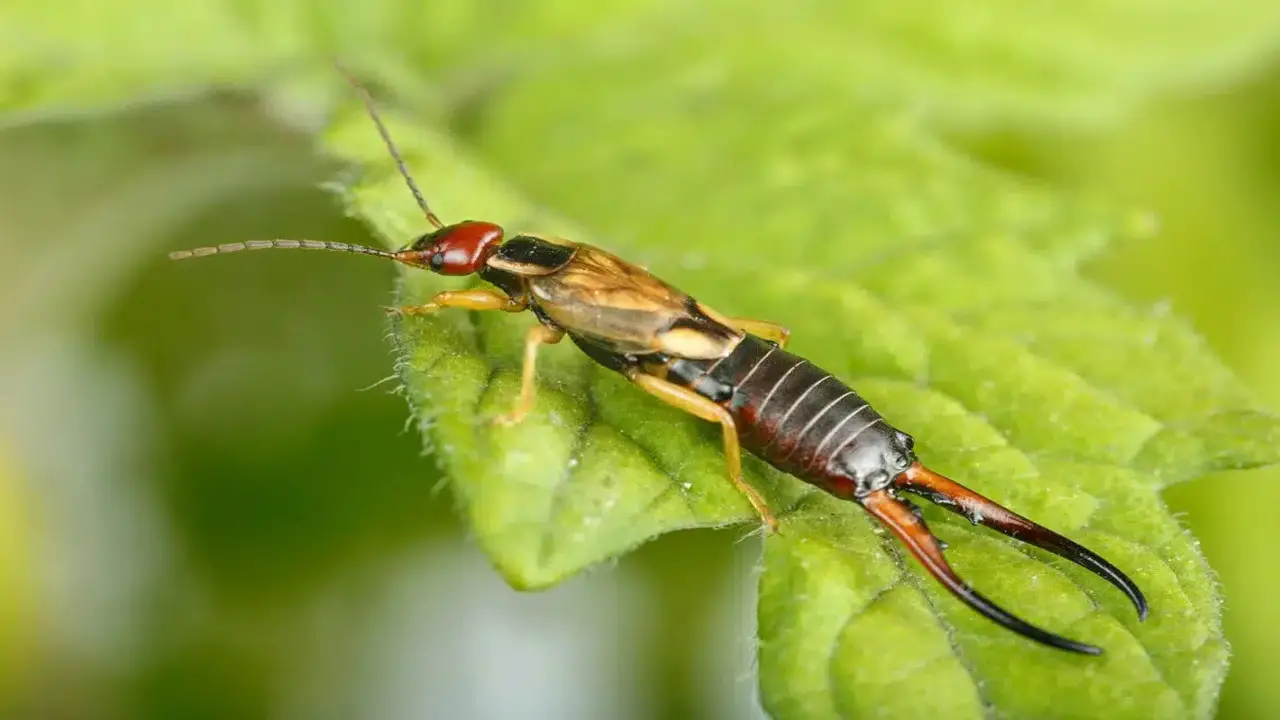
To effectively eliminate earwigs in your vegetable garden organically, it is important to take proactive measures. Creating a barrier around your garden using diatomaceous earth or mulch can help keep earwigs out. Following these steps, you can maintain a healthy, earwig-free vegetable garden without pesticides. Here we will discuss the 5-Step Guide: how to get rid of earwigs in your vegetable garden – organically.
Removing Attractants And Hiding Places For Earwigs
Removing attractants and hiding places is important to control earwigs in your vegetable garden effectively. Start by eliminating piles of leaves, rocks, and debris, as these serve as earwig-hiding spots. Additionally, trimming back vegetation near your garden reduces potential hiding places.
Regularly checking and cleaning gutters prevents moisture buildup, which is attractive to earwigs. Keep your garden from excess mulch or organic matter where earwigs can hide. Removing these attractants and hiding places can discourage earwigs from infesting your garden.
Natural Predators And Beneficial Insects To Control Earwigs

Encouraging a diverse ecosystem in your vegetable garden can help naturally control earwig populations. You create a balanced environment where these animals prey on earwigs by attracting natural predators like birds, toads, and spiders. Introducing beneficial insects such as ground beetles, centipedes, and nematodes further enhances the ecosystem’s ability to control earwig infestations.
Planting flowers like zinnias and dahlias adds beauty to your garden and attracts beneficial insects that feed on earwigs. This natural approach harnesses the power of nature to reduce earwig numbers without resorting to pesticides or harmful chemicals. Creating a harmonious ecosystem is the best way to achieve long-term earwig control in your vegetable garden.
Homemade Organic Earwig Traps And Baits
You can make homemade organic earwig traps and baits to control earwig populations in your vegetable garden naturally. One effective method is to use a shallow container filled with soapy water to trap the earwigs. You can also create homemade traps by rolling up cardboard or newspaper and securing them with a rubber band.
Bait these traps with irresistible options like cat food, fish oil, or a drop of bacon grease to attract the earwigs. Place the traps where earwigs are commonly found, such as near vegetable plants. Regularly check and remove trapped earwigs to keep their population under control.
Organic Repellents And Barrier Methods
Consider using organic repellents and barrier methods to keep earwigs at bay in your vegetable garden. Applying a thin layer of vegetable oil or petroleum jelly around the base of your plants can prevent these pests from climbing. Another effective approach is to sprinkle diatomaceous earth or crushed eggshells as a natural barrier.
You can also create a repellent spray by mixing soy sauce with water and spraying it on your plants. Use organic insecticides like neem oil or insecticidal soap as a last resort. Utilizing these organic repellents and barrier methods can effectively deter earwigs and protect your vegetable garden from their damage.
Long-Term Strategies For Earwig Control And Prevention
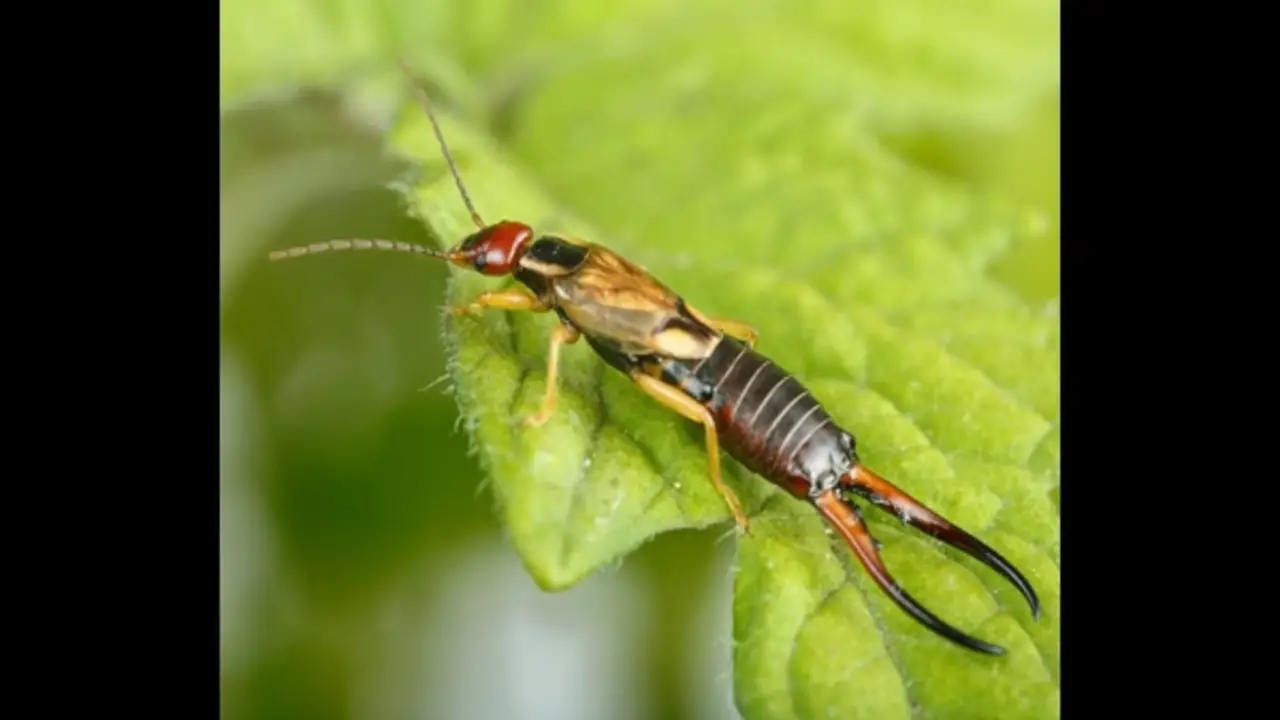
Regular monitoring of your garden is crucial in controlling and preventing earwig infestations. Be vigilant for any signs of earwig activity, such as chewed leaves or the presence of their excrement. If you spot them, take immediate action. Additionally, implementing preventive measures is essential.
Clean your garden regularly, removing any plant debris that could serve as hiding places for earwigs. Encourage natural predators and beneficial insects like aphids and snails to help control the earwig population. You can also use homemade traps and baits to catch and eliminate these pests. By combining these long-term strategies, you can effectively control and prevent earwig infestations in your vegetable garden.
Maintaining A Healthy And Earwig-Free Vegetable Garden
There are several key practices to remember when it comes to maintaining a healthy and earwig-free vegetable garden. First and foremost, avoid overwatering your plants, as earwigs are attracted to moist environments. Instead, water your plants appropriately, ensuring the soil has enough moisture without becoming overly saturated. Additionally, consider using organic pest control methods to repel earwigs. Diatomaceous earth and neem oil are great options for naturally deterring these pests from your garden.
Another effective strategy is to plant garlic or other herbs that naturally repel earwigs around the perimeter of your garden. This creates a natural barrier that can help keep these unwanted critters at bay. In addition, keeping your garden clean and free of debris is crucial. Earwigs are known to hide in dark and damp places, so removing any potential hiding spots will discourage them from taking up residence in your garden.
Lastly, consider using traps to capture and remove earwigs. Rolled-up newspaper or cardboard can be effective traps for these insects. You can maintain a healthy and earwig-free vegetable garden by implementing these practices.
Conclusion
Earwigs can be a nuisance in your vegetable garden, but effective organic methods exist to eliminate them. By understanding their behaviour, assessing the damage they can cause, and implementing prevention measures, you can create an earwig-free garden environment. Natural predators and beneficial insects can also be introduced to control the earwig population.
Homemade organic traps, baits, repellents, and barrier methods can help keep them away from your vegetables. Maintaining a healthy and well-maintained garden is important to prevent future infestations. With these strategies, you can enjoy a thriving vegetable garden without the presence of earwigs. We hope you understand how to get rid of earwigs in your vegetable garden.
Frequently Asked Questions
1.What Kills Earwigs In Vegetable Garden?
Ans: Effective organic remedies such as diatomaceous earth, neem oil, and insecticidal soap can kill earwigs in your vegetable garden. Creating a barrier with copper strips or mesh can also keep them out. Beer traps filled with shallow dishes of beer overnight can attract and trap earwigs. Additionally, keeping the garden clean can prevent infestations.
2.How Do I Get Rid Of Earwigs In My Garden Naturally?
Ans: To naturally get rid of earwigs in your garden, you can utilize natural predators like birds or beneficial insects. You can also set up traps using rolled-up newspaper, cardboard, or empty tuna cans filled with vegetable oil. Removing debris and applying diatomaceous earth around the perimeter can also be effective.
3.Do Earwigs Damage Vegetable Plants?
Ans: Earwigs can cause damage to certain vegetable plants, especially young seedlings. They feed on leaves, flowers, and fruit, resulting in distortions and holes. However, it’s worth noting that earwigs can also be beneficial as they eat other pests like aphids and mites. Consider using organic control methods such as trapping or diatomaceous earth to address earwig damage.
4.How Do I Keep Earwigs Away From Plants?
Ans: To keep earwigs away from your plants, create a dry and sunny garden environment, as they are attracted to damp and dark areas. Use traps made of rolled-up newspaper or cardboard to catch them. Repel earwigs with organic insecticides like neem oil or diatomaceous earth. Keep your garden free of debris and decaying matter that can attract earwigs.
5.Are Artichokes The Most Difficult Vegetable To Grow?
Ans: Artichokes can be a challenging vegetable to grow, especially in certain climates. With their preference for mild temperatures and a long growing season, success with artichokes requires proper soil care and consistent watering.

